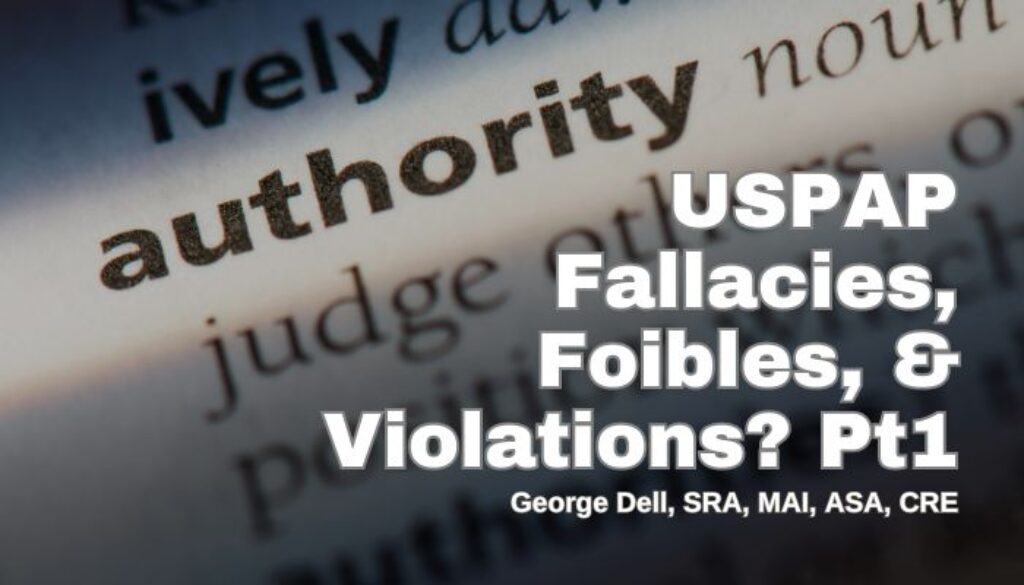The USPAP (Appraisal Standards) publication starts with a self-telling paragraph titled: “ABOUT THE APPRAISAL FOUNDATION.” This paragraph presents the Appraisal Foundation’s self-claimed place as “the nation’s foremost authority on the valuation profession.” This “foremost” claim immediately places it in contention with other governmental and professional standards. The declared self-image conflicts with the reality. Alternative and data science standards and practices are available.
This blog is the first of what is intended to be several on the quasi-governmental Uniform Standards of Professional Appraisal Practice. We hope to take a fresh look at the standards and related enforced appraiser education in the brighter light of modern technology.
Some parts of USPAP are built on a fundamental search for the truth, especially those parts which squarely accepted the historical lack, scarcity, and even the personal nature of data prior to internet and computer-analytic power.
Many of the issues of today are the result of good theoretical stability from those earlier days, merged however with imperious groupthink … a groupthink formalized by the “five forces of friction” blocking valuation innovation: standards, process, education, regulation, and user expectation.
The self-descriptive paragraph noted above continues: “…provides voluntary guidance on recognized valuation methods and techniques for all valuation professionals.” [Emphasis added.] The claimed result is that USPAP is for the purpose of “ensuring appraisals are independent, consistent, and objective.” After some 38 years, it appears this legitimate congressional goal for the Foundation — is in failure.
However, “recognized methods and techniques” have continued to be promoted– in the face of dramatic evolution in analytic and data technology.
This blog series recognizes that real objectives include fair housing solutions, the public trust, and economic counter-cyclicality. To this extent we intend to publish with these steps: 1) Admit the reality of the problem; 2) believe that a higher purpose is doable; and, 3) Suggest a path of evolution to modern-day possibility.
In brief, we consider the three declared elements of USPAP, also enforced within the Appraisal Foundation’s role of education requirements for licensing:

- Independence. The original purpose of appraiser independence is not a reality. Pressures to come in higher or lower depending on the motive continue. In fact, it has become a central political issue in bias, accuracy, and reliability. What used to be an unspeakable lender act, today is formalized in the shape of an official “ROV” (Reconsideration Of Value).
- Consistency. Under existing practices (perpetuated by the “five frictions”) consistency is precluded. If anything, inconsistency is assured. Disagreement and even litigation are the result of each differing “opinion.” USPAP requires a “worthy of belief” opinion, not a measurable result. Disagreement, discord and despair are enabled, even inspired by analytic subjectivity. This enforced subjectivity enables and even conceals personal bias — where it may exist.
- Objectivity is however, encouraged by the standard’s requirements to consider all available relevant data. Unfortunately, the USPAP stated goal is not to attain measurable objective reliability. The goal (instead) is to attain believability.
“You cannot get objective results from subjective data.”
The next blog topic edition considers issues of “recognized valuation methods and techniques.”

April 5, 2024 @ 11:08 am
I liked it George. Well articulated. To the point.